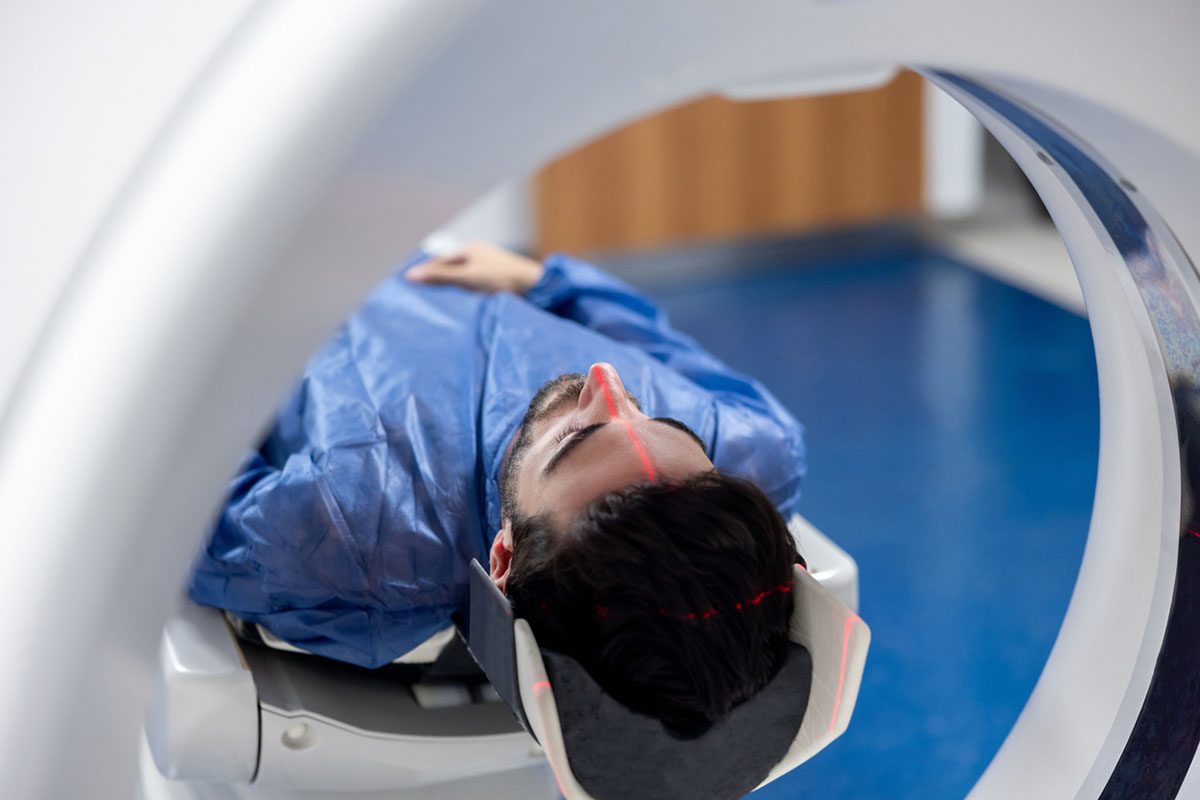Prim Care Companion CNS Disord 2021;23(2):20l02680
To cite: Goyal MK, Solanki G, Tyagi A, et al. An adolescent with Wilson’s disease and empty sella syndrome presenting as psychotic disorder. Prim Care Companion CNS Disord. 2021;23(2):20l02680.
To share: https://doi.org/10.4088/PCC.20l02680
© Copyright 2021 Physicians Postgraduate Press, Inc.
aDepartment of Psychiatry, SMS Medical College, Jaipur, Rajasthan, India
*Corresponding author: Gunjan Solanki, MD, 334, Nirman Nagar AB, Mandir Marg, Ajmer Rd, Jaipur 302019, Rajasthan, India ([email protected]).
Wilson’s disease is an autosomal recessive genetic disorder of copper metabolism with a global prevalence of 1/10,000 to 1/30,000.1 Although the predominant organs involved are the liver and brain, neuropsychiatric symptoms are not rare, and 30% of patients may present with behavioral abnormalities.2 Wilson’s disease co-occurring with empty sella syndrome is scarcely found.3 Empty sella syndrome is a condition in which the pituitary gland is not visualized in pituitary fossa on radiologic examination. Presence of psychiatric symptoms in empty sella is uncommon, but there are some case reports of empty sella syndrome being present along with psychosis.4 This report presents a case of Wilson’s disease with psychotic presentation and empty sella syndrome.
Case Report
A 13-year-old boy from rural India studying in middle school grade 7 was brought by his parents to the child and adolescent outpatient department of our center. He presented with a 1-year illness of acute onset and continuous and progressive course. His presenting complaints were decreased sleep, wandering aimlessly, nonsensible talk, aggressive and abusive behavior with or without provocation, reduced interaction with others, and poor self-care. There was no contributory family history, substance use disorder, or past psychiatric illness. He was the third-borne child of a nonconsanguineous marriage and had achieved all age-appropriate developmental milestones. His parents sought psychiatrist consultation, and he was prescribed antipsychotics, but treatment was stopped after 2 months due to poor response. Approximately 5 months after onset of the symptoms, he developed seizures. Electroencephalogram findings were suggestive of generalized tonic-clonic seizures. The child and his parents had multiple consultations with psychiatrists and neurologists, leading to diagnosis of psychosis not otherwise specified and seizure disorder and initiation of treatment. However, no improvement was seen in any symptoms except for sleep and seizure frequency. Also, he developed coarse tremors. Due to presence of neuropsychiatric symptoms, he was referred to our department.
On examination, the child was difficult to engage, had poor eye contact and incoherent speech, and was irritable throughout the interview. His Brief Psychiatric Rating Scale (BPRS)5 score was 50. No abnormality was found on the general physical and neurologic examination. Laboratory investigations revealed that serum glutamic oxaloacetic transaminase/serum glutamic pyruvic transaminase/serum alkaline phosphatase levels were elevated, leading to suspicion of Wilson’s disease, which was later confirmed by the presence of Kayser-Fleischer ring in slit lamp ophthalmologic examination and low serum ceruloplasmin (14 mg/dL) and high urinary copper levels (120 mcg/24 h). Magnetic resonance imaging of the brain showed empty sella, but on further investigation, serum cortisol (basal and post adrenocorticotropic hormone), thyroid function, luteinizing hormone level, serum prolactin level, serum testosterone level, and 2D echo were found to be within normal limits.
The patient was referred to a pediatric neurologist for management and was prescribed penicillamine (750 mg/d divided dosage) along with dietary restrictions. Significant improvement was seen in psychotic symptoms after 6-month follow-up (BPRS score: 22).
Discussion
Although most cases of Wilson’s disease present with hepatic symptoms, 10%–25% present with psychiatric symptoms and 20% present to a psychiatrist prior to diagnosis of Wilson’s disease.6 Of all psychiatric presentations, psychosis is relatively rare. In a study by Srinivas et al,7 who reviewed 15 patient records from a cohort of 350 patients, only 3 patients were found to be suffering from schizophreniform illness. Also, psychotic manifestation may be more commonly associated with a neurologic variant of Wilson’s disease.6 Psychiatric presentations obviously delay specific treatment of Wilson’s disease, and psychotic presentation adds to morbidity because treatment with antipsychotics increase extrapyramidal symptoms and deteriorate the preexisting condition.
Empty sella syndrome may be an asymptomatic accidental finding or symptomatic with endocrine abnormalities and neurologic or neuropsychiatric symptoms.4 However, presentation as acute psychosis is occasionally reported.4,8 The presentation in our case is also incidental. Furthermore, in another case report3 with symptomatic empty sella syndrome and Wilson’s disease, no improvement in size of empty sella was found after improvement of symptoms.
In conclusion, Wilson’s disease must be considered as a possibility in patients who develop psychosis at an early age, have a poor response to antipsychotics, and develop extrapyramidal symptoms in the early course of treatment.
Published online: February 24, 2021.
Potential conflicts of interest: None.
Funding/support: None.
Previous presentation: Poster presented at 71st Annual National Conference of Indian Psychiatric Society; January 31–February 3, 2019; Lucknow India.
Patient consent: Consent was received from the patient and caregiver to publish the case report, and information has been de-identified to protect anonymity.
References (8)

- Liu J, Luan J, Zhou X, et al. Epidemiology, diagnosis, and treatment of Wilson’s disease. Intractable Rare Dis Res. 2017;6(4):249–255. PubMed CrossRef NLM
- Guerrero-Jiménez M, Carrillo de Albornoz Calahorro CM, Gutierrez Rojas L. Wilson disease and psychiatric symptoms: a brief case report. Gen Psychiatr. 2019;32(3):e100066. PubMed CrossRef NLM
- Zhang QJ, Xu LQ, Wang C, et al. Four-year follow-up of a Wilson disease pedigree complicated with epilepsy and hypopituitarism: case report with a literature review. Medicine (Baltimore). 2016;95(49):e5331. PubMed CrossRef NLM
- Bardoloi PS, Abba-Aji A. A case of empty sella syndrome presenting with neuropsychiatric symptoms. J Neurol Neurosci. 2017;8(3):197. CrossRef
- Overall JA, Gorham DR. The Brief Psychiatric Rating Scale. Psychol Rep. 1962;10(3):799–812. CrossRef
- Litwin T, Dusek P, Szafrański T, et al. Psychiatric manifestations in Wilson’s disease: possibilities and difficulties for treatment. Ther Adv Psychopharmacol. 2018;8(7):199–211. PubMed CrossRef NLM
- Srinivas K, Sinha S, Taly AB, et al. Dominant psychiatric manifestations in Wilson’s disease: a diagnostic and therapeutic challenge! J Neurol Sci. 2008;266(1-2):104–108. PubMed CrossRef NLM
- Singhai A, Kapur K, Khadanga S, et al. Acute psychoses: an unusual presentation of empty sella syndrome. CHRISMED Journal of Health and Research. 2019;6(3):187–190. CrossRef
Please sign in or purchase this PDF for $40.




